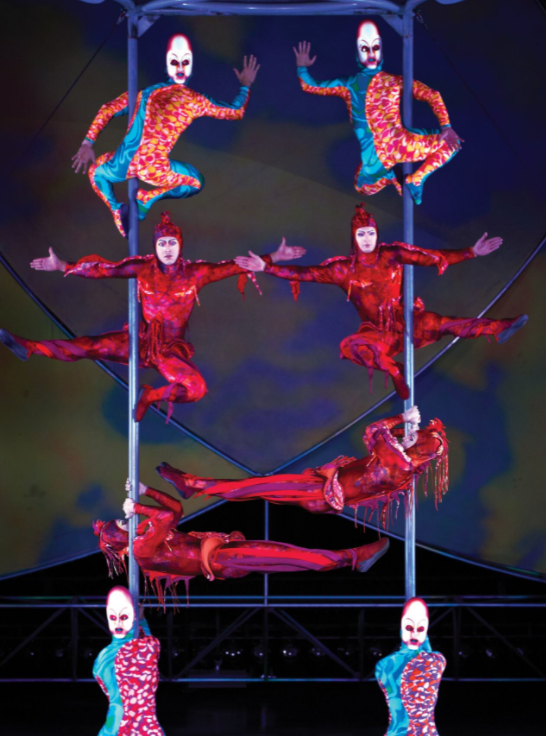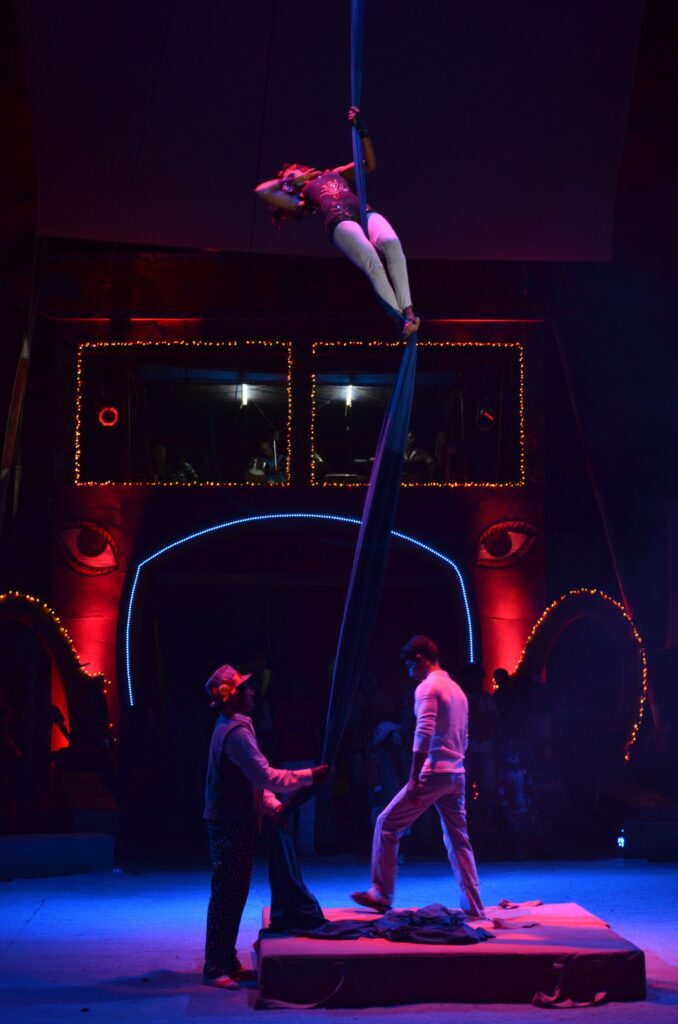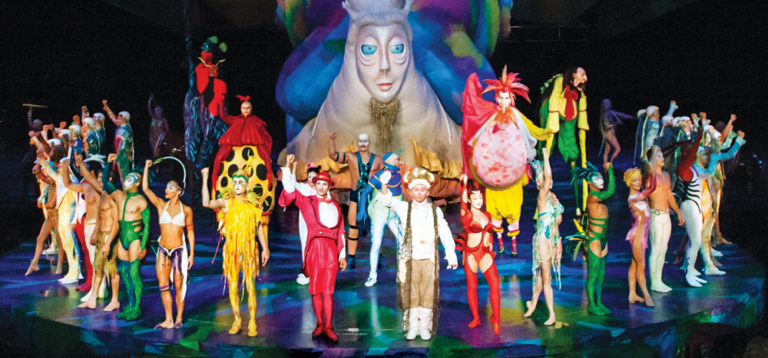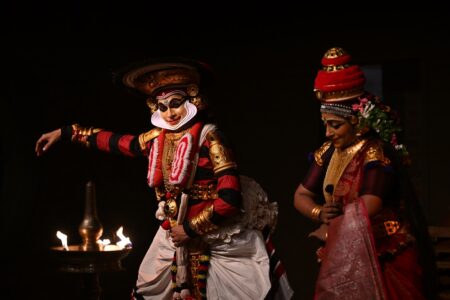Circus was on the verge of extinction. Bringing the theatre community to work with the circus industry offered hope.
While pursuing the idea to blend circus and theatre, I had to get to know the lay of the land, down to the grassroots. This meant learning all the aspects of a circus show by meeting the circus show owners and the artistes to learn their schedule and to learn how the logistics worked.
As I mentioned in the previous article, V. Sasi Kumar, a friend, was instrumental in introducing me to several circus owners and artistes. With his help, I also met Sreedharan Champad, who was a trapeze artist in the circus shows of the bygone era. Champad, also a scholar on circus, has penned several books including An Album of Indian Big Tops: History of Indian Circus, which tracks the history of the circus industry in India from 1880 to 2010.
Circus as a social need
Champad and I sat through a couple of long and detailed conversations on the circus industry, and I started analyzing circus as a social need. Indian circus, to me, seemed like a part of Nehruvian dreams of nation building after Independence. The industry’s downward trajectory began when this dream was shattered.
It is true that even today there are popular circus companies who travels from Kanyakumari to Kashmir, from Kamrup to Kutch doing shows in villages, towns and cities, and this is only possible because circus does not need a verbal language. It has a powerful physical and visual language for communication. The circus truly represents the very concept of India, where people speak diverse set of languages, follow different customs and yet are a part of the same cosmos.
Despite the beauty in its essence, many didn’t acknowledge that circus was an important part of our society. During our conversations with Champad, he expressed his disappointed with the way government policies hindered the performances of circus artistes, in turn, profoundly affecting their livelihood.

Champad also pointed out that another reason for the downfall of circus companies could be attributed to the popularity of the film industry of Kerala and Mumbai. Of course, the several movie productions hired the circus companies in their movies. However, the involvement by the movie makers was limited to the work done and did not go beyond to taking up the cause of welfare of these artistes.
It was becoming increasingly evident the circus industry, once the mainstay of entertainment in India, was soon being pushed to the periphery. Add to that, factors such as films, popularity of television, the depleting circus shows and government apathy towards circus artistes could soon make the circus industry defunct. It was important to somehow revive this industry.
Naturalism versus realism
Over a period, I was sharing all these thoughts with my teachers and colleagues, which also included Professor Anuradha Kapur, the then Director of the NSD (National School of Drama) who supported me all through.
While working with the NSD students, I had enough courage to cross the boundaries of established zones of theatre. My inclination has always been towards physical theatre and many theatre persons including me believed the legacy of theatrical experimentation in the 20th century had far outreached the boundaries of the naturalism.
At the beginning of the last century they were forced to re-assess the medium of theatre with the arrival of films. Realism had not yet been fully explored, yet cinema’s consummate ability to render credible representations of reality challenged the newly minted concept of naturalism.

The quest was to find out if theatre was necessary if films could fulfil the demands of realism more effectively. Shouldn’t theatre relinquish naturalistic copying of nature in the same way that painters had given up copying with the onset of photography? True, theatre should have its own ways to portray life (world) and physical theatre can add an approach into it.
The best of both worlds
For the last few years, following the above-mentioned approach towards physical theatre, I have been exploring possibilities of getting Indian circus and theatre artistes together. Despite several attempts, I could not find a way forward.
Eventually, NSD came forward and took it up for second year students as an input of urban Indian art form, which was earlier slotted only for traditional/folk/classical performing art forms (Theatre of Roots) from across the country.
I thought why not do this with the students as a pilot project. Given the pluralism of our society and the wide range of performative and theatre traditions that exist in the country, the NSD sent its second-year students on a practice-based research project to different parts of the country each year.
During this project, the students are introduced to various theatre forms, which belong to different kinds of traditional theatre practices available in India. They research the selected form under the guidance of a guru or master teacher with trainers, and finally present the trained and rehearsed performance across the region.The production then travelled to Delhi where it was performed once again.
Click here for more on the series
Write to us at [email protected]




